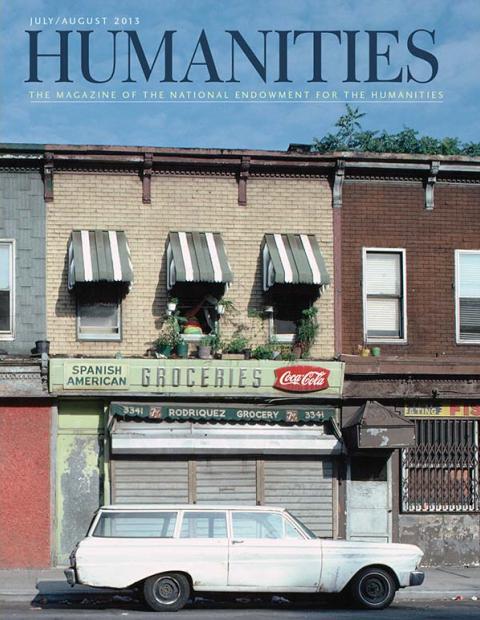Writing in the Atlantic Monthly shortly after the Civil War, Thomas Wentworth Higginson made a “plea for culture,” hoping that the country would curtail its endless toil and seek out the timelessness of the humanities. By the 1890s, the mood of the country seemed to be more open to culture in general but not, certainly, what Higginson had hoped for. A professor at Columbia University, Hjalmar Hjorth Boyesen, noticed what he called a “plague of jocularity” among his students, who he felt were for the most part unable or unwilling to take high culture seriously. The age of burlesque, running roughly from the 1830s through the 1890s, had been satisfying the public appetite for humor for so long that artists in many instances felt the need to engage in levity as well, simply to be taken seriously by the upper crust and the hoi polloi alike. In Playing It Straight: Art and Humor in the Gilded Age, Jennifer Greenhill examines how this all came about.
Unifying the “comical and the coffinly ”was the special domain of one artist in particular. Winslow Homer began his career by submitting illustrations of soldiers’ lives during the Civil War to weekly magazines in New York. In her study, Greenhill reconsiders “the central importance of the ‘gag’ to Homer’s dramatic sensibility.” And she asks, “If Homer was engaged in a spiritual quest, if his art spoke to embattled Gilded Age manhood, how did it arrive at a painterly idiom that encapsulated such heady concerns?” As he moved from his illustrations of humorous caricatures of soldiers to the oil painting Playing Old Soldier, Homer developed what Greenhill calls visual deadpan. And by war’s end, in the dignified Prisoners From the Front, if he “seems to expunge levity from his art, the early works are driven by an exploration of its potential to serve and inform ambitious painting.”
By the late 1890s, then, the inherent dangers of resolutely standing, as Higginson and Boyesen had, for high culture had been skirted by the likes of Homer and others, who, as Greenhill, in her NEH-funded study, concludes, “understood . . . the hazards and limits of the static pose, and the inextricability of the serious and the jocular, the lighthearted and the grave. They understood that American culture was constituted in the flow and bend of those states of mind, and they produced works of art that tapped into the subtleties.”


